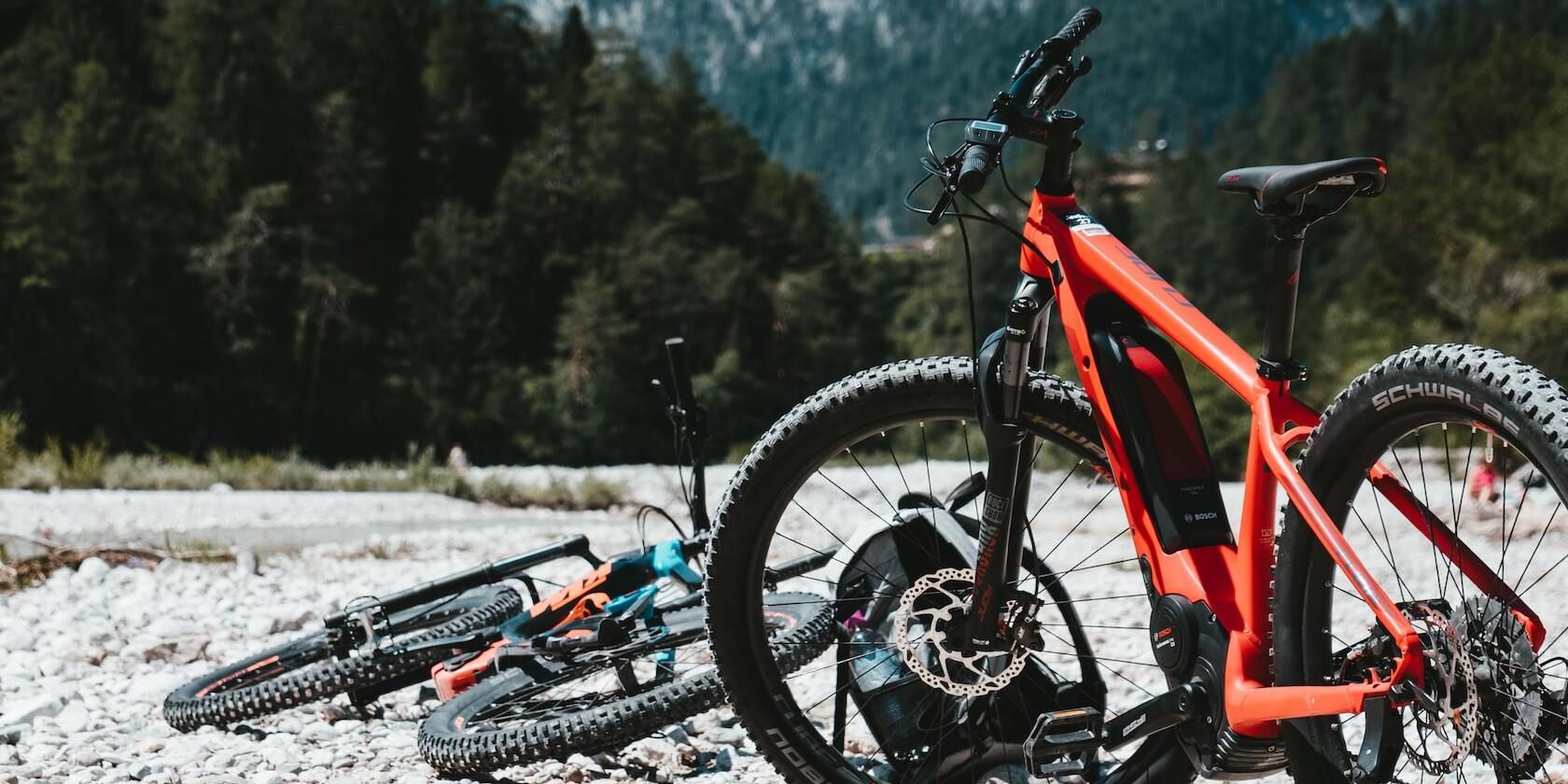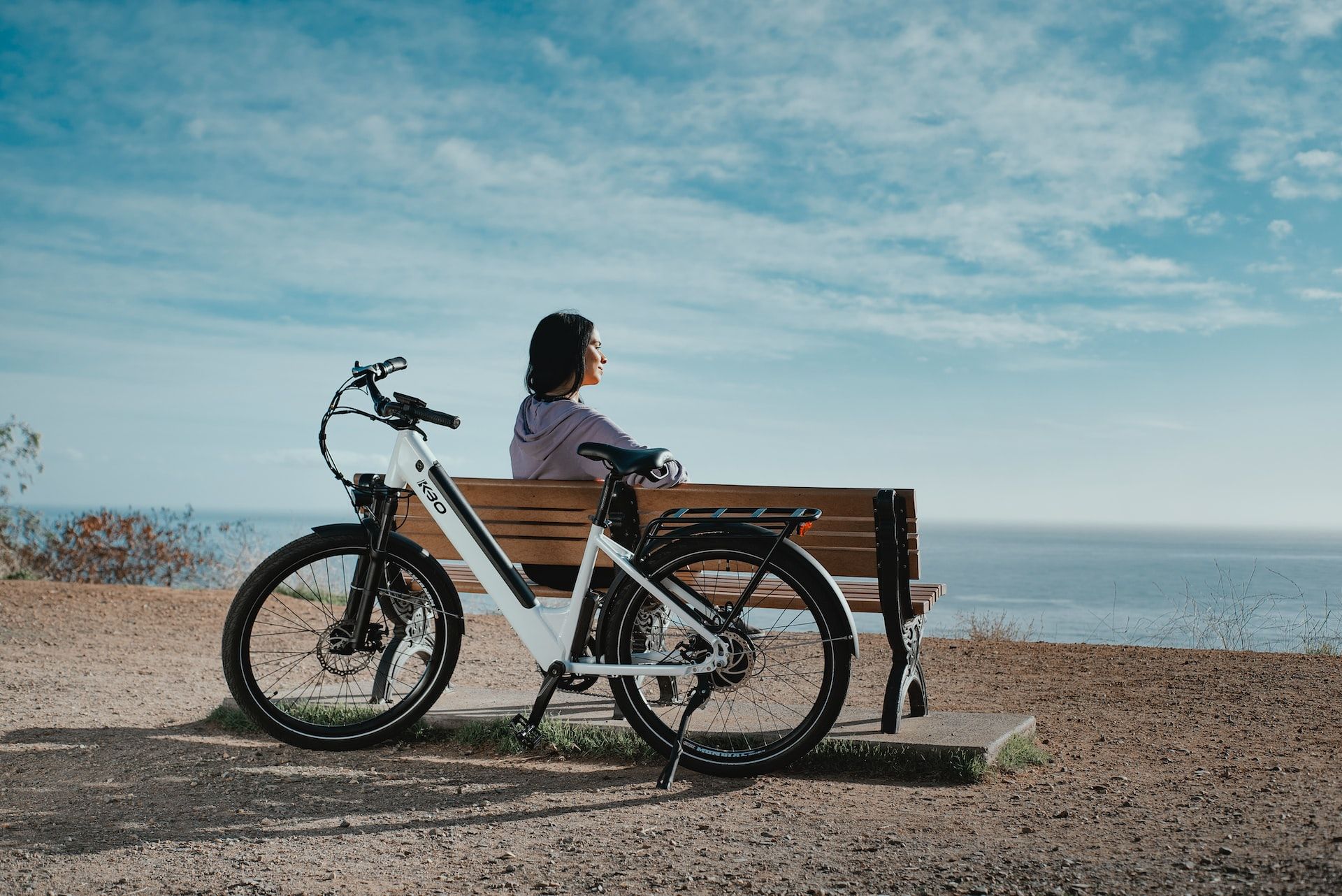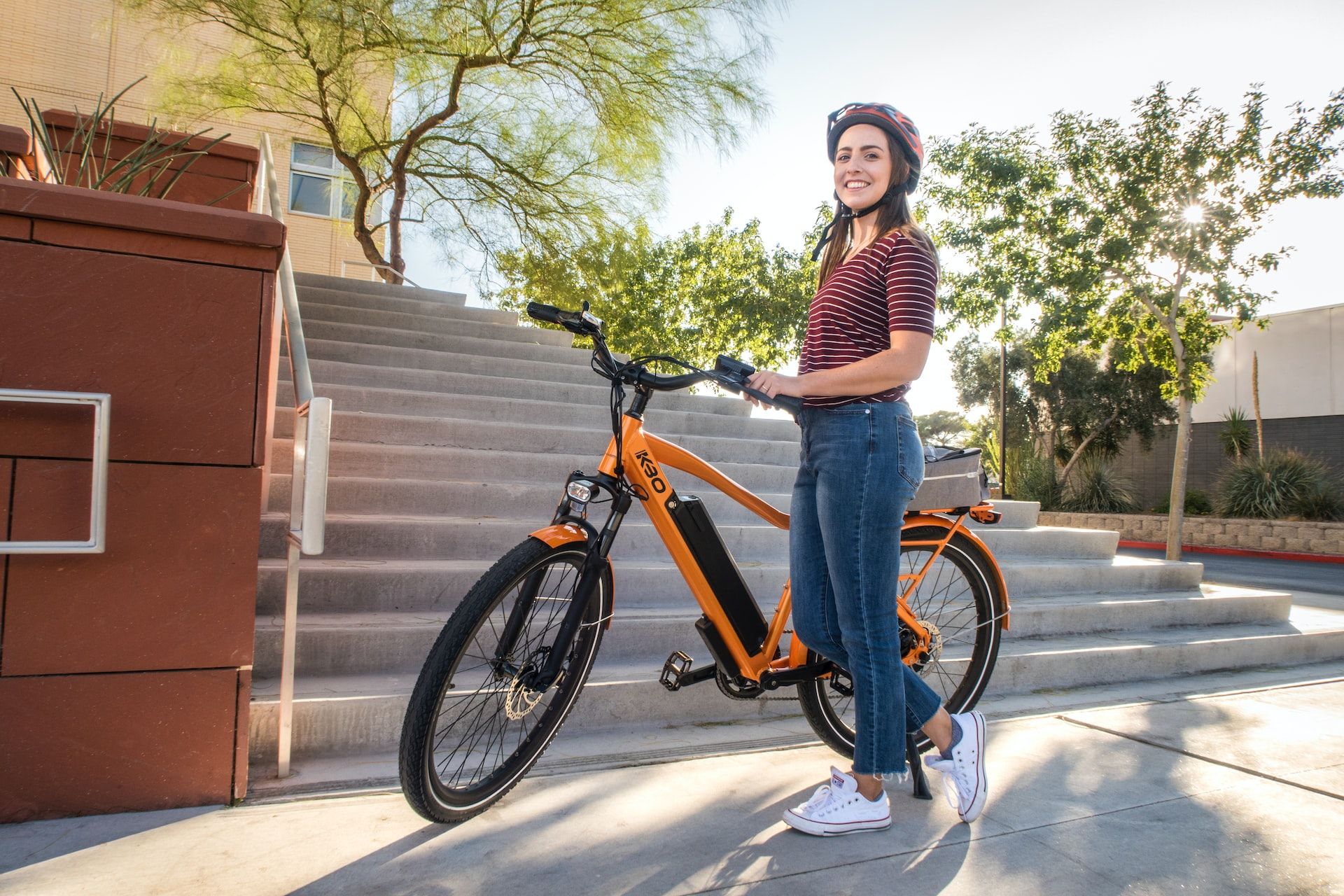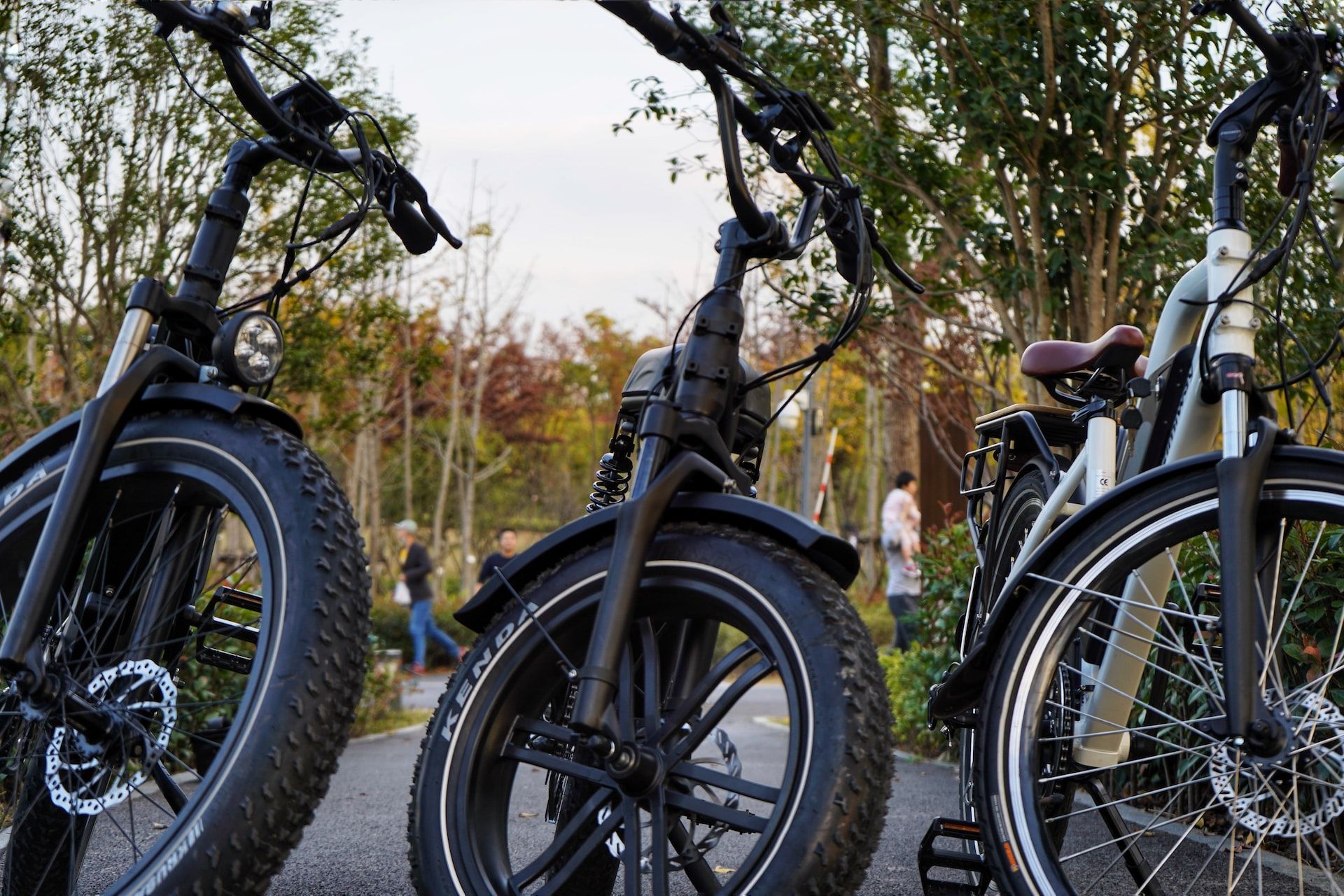Ebikes have become popular over the past few years as the technology has improved. They are now more affordable, offer greater range, and are generally a lot of fun to ride.
Ebikes make it easy for people to cover larger distances and climb steep hills without exerting too much. Most ebikes generally offer pedal assist, where the motor kicks in as you pedal. This means you use less energy while riding over challenging terrain. However, there are some important things that you need to know before you get on the saddle.
1. Find the Right Ebike for Your Purpose
When selecting an electric bike, it's important to consider your riding style. For example, do you plan on using your ebike mainly for commuting? If so, look for models with good battery life and comfortable seating options, like a built-in suspension system or reclining seat post.
Are you more of a recreational rider? In that case, look for ebikes with powerful motors that can handle hilly terrain or off-road trails. If you're serious about speed, then focus on finding an ebike with a motor and battery combination that offers plenty of horsepower but still has good range and battery life.
Commuter bikes, for instance, are generally designed to go over long distances on flat surfaces. On the other hand, mountain ebikes are designed to give you that extra kick you need when climbing up a steep hill but still hit the trails and jumps on the way back down. Therefore, the first thing to do is to find an ebike that fits your purpose.
2. Understand Different Ebike Classes
Not all ebikes can be driven on bike paths or general roads. Most cities have specific limitations on speed and the maximum wattage of the motor, so it's important that you buy a bike that you can take around anywhere, which is why there are different ebike classes.
Class 1 Ebikes
Class 1 ebikes have a maximum speed of 20 mph and only offer pedal assist. The electric motor only kicks in when you're pedaling, so there's no dedicated throttle. However, riders have the freedom to choose the level of pedal assist available and switch gears.
You can ride Class 1 ebikes on all bike lanes and paths without restrictions like conventional bikes. These are also relatively cheaper and are mainly designed to help riders on their commute.
Class 2 Ebikes
The main difference between Class 1 and Class 2 ebikes is a dedicated throttle mode in addition to the standard pedal assist. So, even if you stop pedaling, the motor helps maintain forward momentum.
Obviously, this consumes more battery. Class 2 ebikes have a maximum top speed of 20 mph, and there aren't any specific restrictions on where you can ride these bikes.
Class 3 Ebikes
Class 3 ebikes are generally quite fast, with a maximum speed limit of 28 mph. However, some ebikes can go really fast, which is why a speedometer is a necessary requirement in most states.
However, state rules tend to vary regarding Class 3 ebikes having throttles. For example, certain states, like California, do not allow Class 3 ebikes to have throttles (as that can cause a speeding hazard).
Some manufacturers skirt these restrictions by adding a mode that enables throttle up to 20 mph, after which the motor only offers pedal assist. Generally, you can take Class 3 ebikes into road lanes or even ride in a bike lane, though there are often restrictions for riding a Class 3 ebike on a shared bike path with pedestrians.
3. The Type of Motor Makes a Big Difference
There are two common types of motors that you'll find in modern ebikes: hub motors and mid-drive motors. Mid-drive motors are mounted on the bottom bracket of your bike frame, usually near the crank. This means that power is transmitted through your regular chain ring and cassette, giving you more control over your speed when pedaling.
If you're going to convert a standard bike using an ebike conversion kit, installing a mid-drive motor can be difficult. First, it's quite expensive since it requires a specialized bottom bracket. Additionally, mid-drive motors can add a considerable amount of weight to your bike, which can reduce its maneuverability.
In contrast, hub motors are installed in the wheel hub of either the front or rear wheel. This type of motor offers more power than a mid-drive motor and is easier to install since it does not require any modifications to the bike frame or components.
However, because power is transmitted directly from the hub motor to the wheel, using a hub motor will reduce your control over speed when pedaling. Additionally, where you install your hub motor (front or rear) could also affect how your bike handles since it adds additional weight to one side of your bike only.
4. Understand Ebike Braking
Modern ebikes feature a lot of technological advancements, with some ebikes also offering ABS braking. This prevents your bike from locking up if you brake too hard at a fast speed and gives you more control over steering.
Ebikes are generally heavier, so you'll want to brake early. It's generally recommended that you take out the bike for a spin to better adapt to the bike's weight. If you brake hard too frequently, you're also likely to chew through your brake pads much faster, meaning you'll spend more on replacements.
5. Managing Battery Life
Whether you're looking for a family-friendly ebike or need something designed for rugged terrain, it's important to learn how to manage battery life. You don't want to run out halfway through your ride and have to pedal all the way, especially if there's hilly terrain left.
Most ebikes offer different settings, ranging from "eco" to "intermediate" to "turbo." This is fairly self-explanatory and generally relates to the level of assistance you'll get. As you can expect, the turbo mode will cause the battery to run out much faster.
Many ebikes have an indicator on the handle, showing you how much battery is left. Some bikes also provide features such as automatic shifting to manage battery life better. Ideally, you want to use the lowest assist setting or keep it under 30% to maximize the battery life. Whenever you hit hilly terrain, you can always shift up.
6. Be Extra Careful Around Traffic
It goes without saying that you should always wear proper safety gear, especially a helmet, before you head out on your ebike. It is also recommended to wear reflective clothing and lights so that drivers can easily see you at night or during periods of low visibility.
When riding on the roads, it is essential to pay attention to your surroundings at all times. Make sure you look out for pedestrians crossing the street, other cyclists, and cars turning left or right at intersections.
Always give yourself enough space between your bike and any vehicles nearby—this will give you time to react if something unexpected happens. Make sure you obey all traffic laws so drivers know what to expect from you; never ride against traffic or weave between lanes without signaling first!
A Good Ebike Can Make All the Difference
Ebikes make it incredibly easy (and fun) to get around town and get a decent workout. They are much better for the environment and offer excellent health benefits. If you're comparing a regular bike with an ebike, the latter could unlock more possibilities for you, allowing you to go further, faster.




